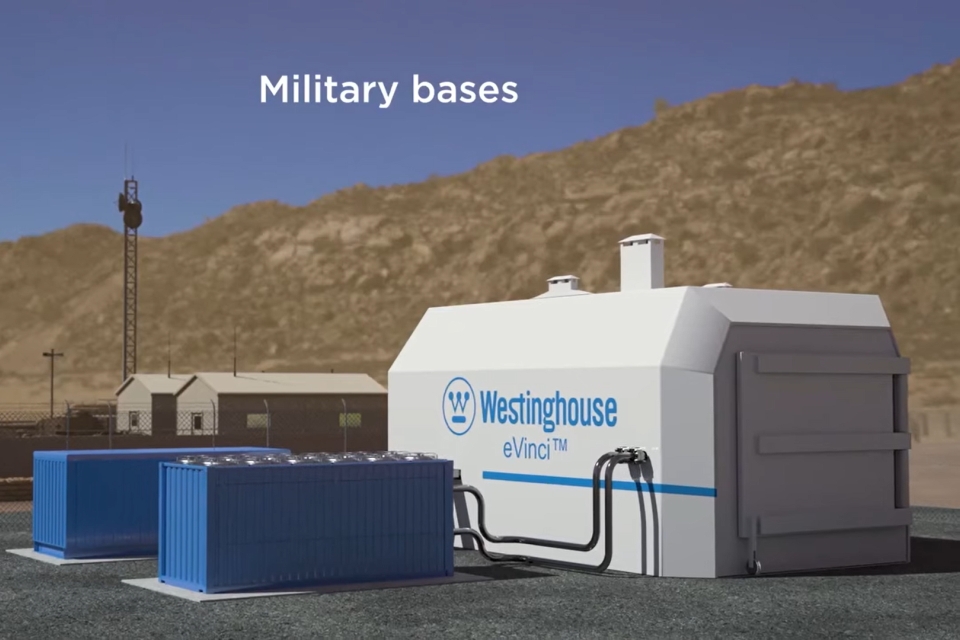Westinghouse Electric Company has signed a service agreement with the Canadian Nuclear Safety Commission to bring its eVinci microreactor closer to commercialisation. Besides land-based use, the nuclear battery technology can also be used for marine propulsion.
The agreement initiates a Vendor Design Review (VDR), which is a pre-licensing technical assessment of the eVinci microreactor design. Westinghouse will execute both Phases 1 and 2 of the VDR as a combined programme, signalling the eVinci microreactor’s design and technology maturity.
‘Our state-of-the-art eVinci microreactor technology will unlock additional potential in remote communities and decentralised industrialWinter eVinci sites,’ says David Durham, President Energy Systems at Westinghouse. ‘Westinghouse’s nuclear battery technology can safely provide heat and power for more than eight years of continuous operations. We look forward to applying this technology across the country while creating local jobs and advancing Canada’s energy security and net zero goals.’
Also read: ‘Nuclear only option that decarbonises and lowers cost when compared to marine e-fuels’
Variety of applications
The eVinci microreactor can provide carbon-free, safe and scalable energy for a wide variety of applications. These include electricity and heating for remote communities and islands, industrial sites, data centres, universities, defense facilities, marine propulsion, hydrogen generation and water purification. The eVinci microreactor is 100 per cent factory-built, fuelled and assembled before it is easily shipped in a container to any location.
According to the company, other benefits of eVinci include a forty-year design life with three-plus year refuelling interval; and a target of less than thirty days of on-site installation.
Picture: Video still from the Westinghouse video below.
Also read: Core Power and MIT secure funding for floating nuclear research project








